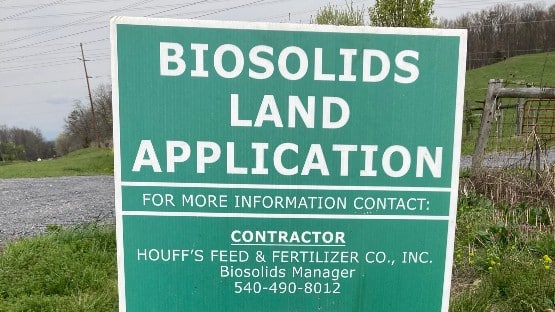
“Since 1996, naloxone has helped save over 10,000 lives on the national level. The REVIVE! Pilot Program will bring that success to Virginia and reduce the astonishing number of opioid-related deaths in our communities,” said Dr. Debra Ferguson, DBHDS commissioner.
This initiative is currently a pilot project that will be implemented in southwest Virginia and the Richmond metropolitan area. These two regions have seen an increase in opiate abuse. Deaths from all opioids, including prescription pain medication and heroin, have significantly grown throughout the last ten years. In 2011, drug-related deaths occurred at a higher per capita level than motor vehicle accidents in the Commonwealth.
Naloxone is commonly used by professional emergency medical personnel. This project allows individuals who have been specially trained to administer naloxone. REVIVE! permits prescribers in the designated pilot areas to write a prescription for a family member or friend to have available to use on a person at risk for opiate overdose. The training for these individuals, “lay rescuers,” will instruct them on how to: recognize signs of opioid overdose; administer the drug; and understand the importance of calling 911 so the person who is overdosing will receive immediate medical attention. The pilot also provides civil immunity for trained lay rescuers in the pilot project.
When an individual overdoses from an opiate such as fentanyl, oxycodone or heroin, the drug overwhelms receptors in the brain, causing breathing to become shallow and eventually stopping altogether. Naloxone forces the opioid off the brain receptor, which allows the person to begin breathing again. The effect of one dose of naloxone lasts approximately 45 minutes, so the lay rescuer must stay with the overdose victim and call 911 for emergency medical assistance to receive immediate medical treatment.
Outside of the designated pilot regions, prescribers may prescribe naloxone directly to individuals who may be at risk of overdose from opiates.
The 2013 Session of the General Assembly approved legislation sponsored by Delegate John O’Bannon that authorized the use of naloxone by a lay rescuer.
Upcoming Train the Trainer sessions
These “train the trainer” sessions will instruct future REVIVE! trainers, who will host trainings in their communities. Registration is required. Lay rescuers will not be attending these events.
Thursday, June 19
1:00 PM – Dickenson County Behavioral Health Services
Administrative Offices, 133 McClure Avenue, Clintwood, VA 24228
7:00 PM – Mountain Empire Community College, Room 215
3441 Mountain Empire Road, Big Stone Gap, VA 24219
Friday, June 20
8:00 AM – Southwest Virginia Community College, Buchanan Hall, Room B-130
724 Community College Road, Cedar Bluff, VA 24609
2:00 PM – Southwest Virginia Higher Education Center – Room 222
1 Partnership Circle, Abingdon, VA 24210
Friday June 27
1:00 PM — Richmond Ambulance Authority
2400 Hermitage Rd, Richmond, VA 23220










